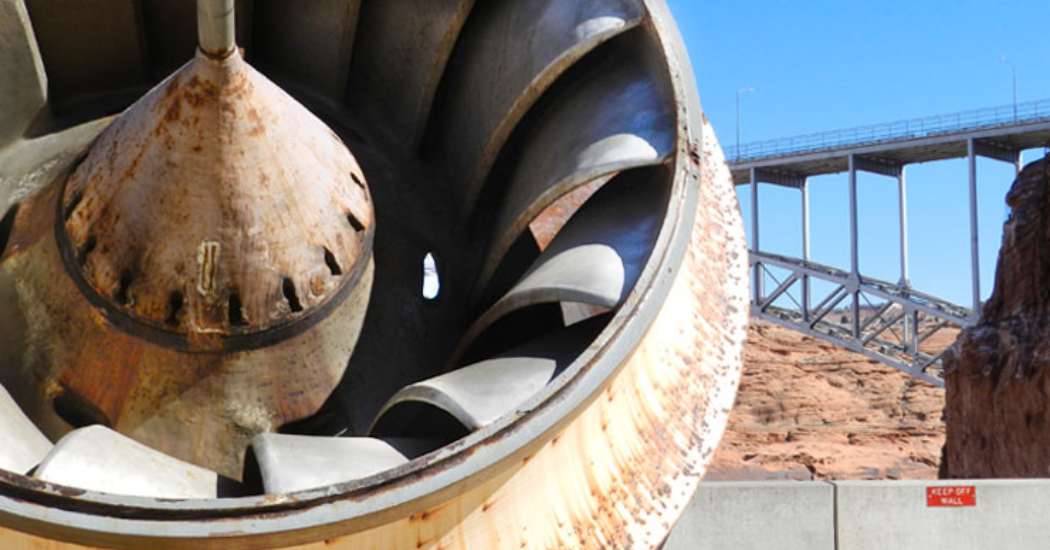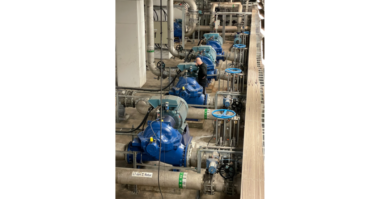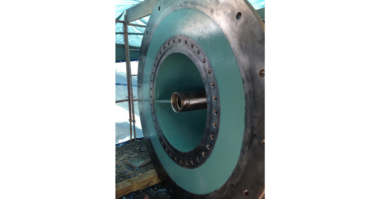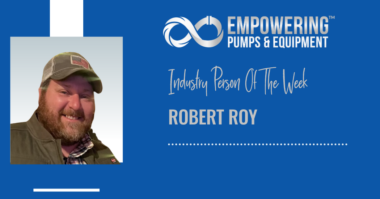Operating a hydroelectric facility often entails being situated in remote areas, highlighting the crucial importance of maintaining robust and dependable plant systems. Due to limited accessibility to spare parts, heavy machinery, and skilled maintenance personnel, meticulous planning and proactive measures are essential. Since plant up-time is especially critical you need to be able to take appropriate steps to complete repairs quickly and prevent further or future damage.
This post outlines how specific industrial coatings can be used to repair and prevent issues caused by corrosion and other forces and decrease downtime concerns and costs.
Corrosion & Cavitation in the Hydro Environment
There are several ways in which equipment can be compromised in the hydroelectric plant environment, including:
- Corrosion in many different types of equipment, including intakes, penstocks, isolation valves, scroll cases, wicket gates, turbine runners, draft tubes, spill ways, radial gates, and upriver dam nosings. Often the first point of attack is at or near the heat affected zone (HAZ) adjacent to the weld regions.
- Erosive flow removes naturally-occurring passivated oxides (rust) on the native steel used in penstocks, isolation valves scroll cases and radial gates.
- Insufficient hydraulic head pressures can cause cavitation on wicket gates, turbine runners, and draft tubes.
Metal Replacement or Overlay
A common technique for repair of hydroelectric runners is metal replacement or overlay, which does nothing to break the natural cycle of corrosion. All metals oxidize, which is the natural state of corrosion. If you wish to reduce the effects of corrosion, then you need to change your material’s technology base to one which is not prone to oxidative corrosion, such as a protective polymer-based coating. This is a also lengthy process that often involves introducing excessive heat and the risk of stress cracking or distortion of the runner blades themselves. In addition, the requirements for hot work involves complex and costly rigging/support systems to avoid distortion during the process.
The US Army Corp of Engineers published a technical report, Application of Thermal Spray, Ceramic Coatings and Reinforced Epoxy for Cavitation Repair of Hydroelectric TurbinesEditSign, which provides excellent guidance on the pros and cons of various approaches to cavitation repair.
Reinforced Epoxies
A reinforced epoxy-based coating is a co-reactive polymer that provides the corrosion resistant matrix which is then reinforced with various mineral and man-made reinforcements to improve specific properties such as erosion/abrasion resistance, flexibility, or permeability.
Reinforced epoxies have had a somewhat checkered past in severe cavitation repair and that is not uncommon. Cavitation is a design flaw in which may be present in hydroelectric systems. These systems are not designed to operate efficiently when they are in a cavitation mode due to ongoing physical damage will occur no matter what preventative approach is taken.
Precise surface preparation and application techniques are required for these epoxy-based coatings systems to perform optimally. In that sense, they behave similar to a more conventional weld overlay or weld repair, which also requires specific techniques and steps to bring about a successful repair.
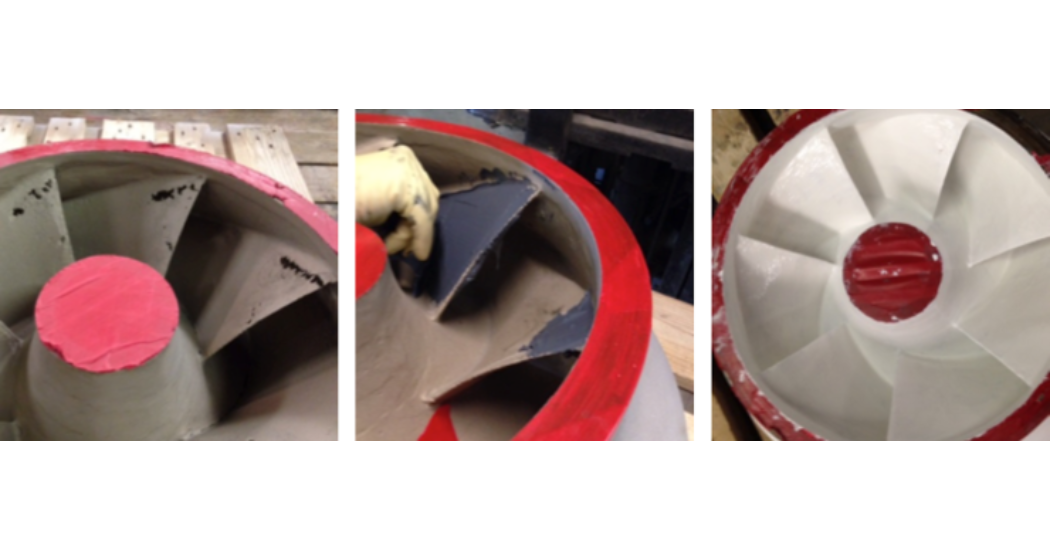
Figure 1: Hydro Runner Coating Repair – Before, during, and after
Reinforced Epoxy Compounds
Steve Bowditch considers reinforced-epoxy compounds as one of several “best available technologies” available.
Aspects to consider in evaluating this type of coating include:
- Product performance characteristics
- Complexity of application including surface preparation
- Cost and availability of skilled labor to install per manufacturer’s instructions
- Ease and consistency of application
Look for:
- High-adhesive bond strengths to properly prepared surfaces
- Erosion resistance
- Surface finish (cured and machined)
- Corrosion resistance
- Ductility
To determine the complexity of surface preparation and application, be sure to obtain recommendations on decontamination, profile blasting and cleanliness, environmental conditions during application and cure (relative humidity, temperature, dew point, air quality/cleanliness).
Rely on each manufacturer’s qualified applicators to get the most accurate idea of availability and application costs. These products are not a simple system; they do require skilled and experienced personnel to get the desired performance. An excellent guide to ensuring maximum success when utilizing protective coatings in hydroelectric facilities is available from the R&D organization funded by and supporting Swedish Energy and Svenska Kraftnät: Elforsk AB, Protective Coating Recommendations for Hydro Power Stations.
Choosing an Experienced Coatings Applicator
The cost, experience, and availability of properly skilled companies to install these coatings are paramount to the correct application and ultimate performance of the products.
Quality surface preparation carried out in hydroelectric facilities must deal with cool temperatures, high humidity and poor ventilation.
Proper equipment selection and mobilization can dramatically affect speed and consistency of application and have a major influence on long-term performance. These coatings are highly reinforced epoxy films and may require specialized equipment, such as heated plural component airless sprayers with proportioning pumps, to ensure the correct mix ratios are maintained throughout application. It is increasingly common that end users are requiring manufacturers to recommend qualified applicators if the end user’s staff is unable or deemed unqualified to handle this type of activity.
When properly used, coatings systems can provide economical, long lasting service and effectively combat corrosion and other forces that are a constant challenge in the hydro environment. For case studies and specific recommendations by equipment type, see ARC Coatings for Hydro-Electric Facilities or Ask the Expert desk.
Watch the Webinar: Identifying and Addressing Equipment Decay in Hydropower
Steve Bowditch is the Global Market Development Manager for ARC Efficiency and Protective Coatings. He is a NACE Level III CIP Inspector and SSPC Corrosion Specialist with over 35 years’ experience in the areas of protective coatings development and applications. When he is not immersed in the exciting world of protective coatings, he is hopefully sailing on a Hinckley Bermuda 40’ somewhere near a tropical island chain.

